From the Archives
I wrote this piece about Yumna Al Arashi in 2017
The war in Yemen has been going on since 2015, what began over a ‘territorial dispute’ is now widely considered a religious war. Rightly or wrongly many wars throughout history have been fought in the name of God, from the beginning of mankind to now, maybe the contemporary world is not as secular as we once thought. Perhaps people are destined to forever repeat, as it says in the Christian Bible, ‘What has happened before will happen again. What has been done before will be done again. There is nothing new in the whole world” However you just need to look at the work of Yumna Al Arashi in her photo series ‘Ghosts of Yemen’ to see another side to this nation. We are presented by Arashi with photographs of a beautiful country; filled with so much culture, culture that is everyday becoming more and more lost. Al Arashi describes this as a ‘loss of art and history and tradition’ she depicts her country and her people, their heritage and the way it’s all being lulled by the greed of the Western world into a ‘dull abyss’ their lands ravaged ‘by the same consumerism that has already made it’s way through so much of the world.’
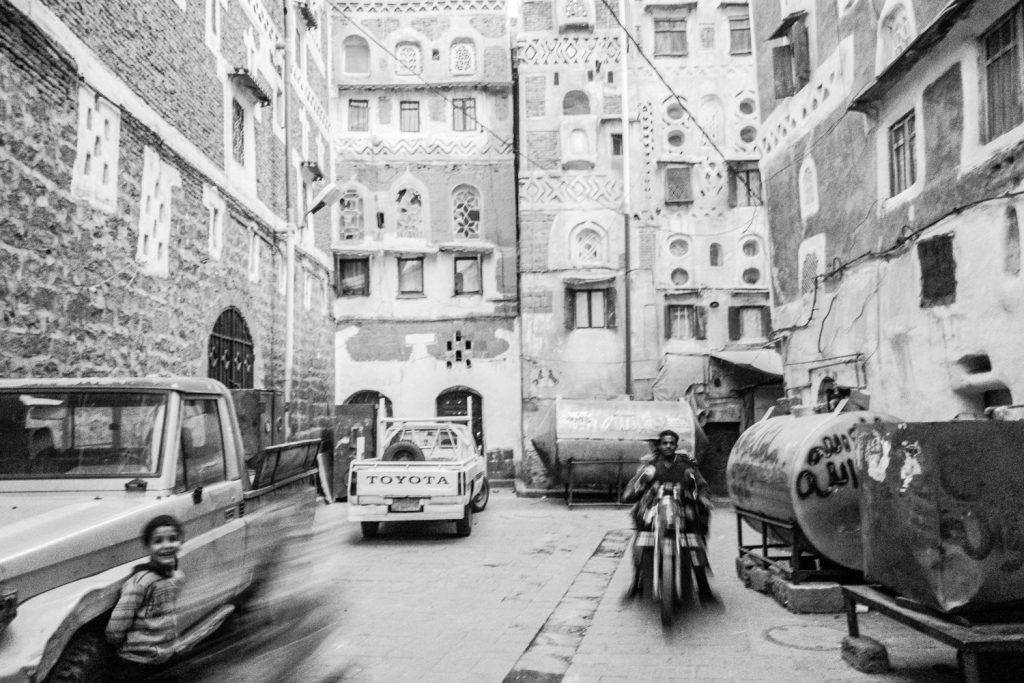
Growing up in Washington DC, in the United States of America, Yumna Al Arashi describes how she never felt any different from anyone else, that is up until the events of 9/11 where there was this shift in the way that Islam (her religion) was presented in the media and from then onwards a deep fear of Islam rippled across the whole of the Western world. The world became us vs them, east vs west and contemporary art was used to help build what is often described as a ‘bridge of understanding’ between the two. After 9/11 there was a real effort made in the United States and across the Western World to use art to try and combat the increasing global Islamophobia. ‘After Al-Qaeda attacked the U.S. on September 11, 2001, many local and national arts institutions, universities, and grassroots organizations launched Middle East or Islam-related arts events for the first time, while others scrambled to feature relevant parts of their permanent collections.’ In 2006, Moma presented a show ‘Without Boundary’ that featured artists from the ‘Islamic world’ and traditional Islamic art. The Victoria and Albert Museum gave the National Gallery in Washington more traditional Islamic art to feature in the museum. However, the selection of works presented didn’t necessarily represent the breadth of Islamic arts being made contemporarily.
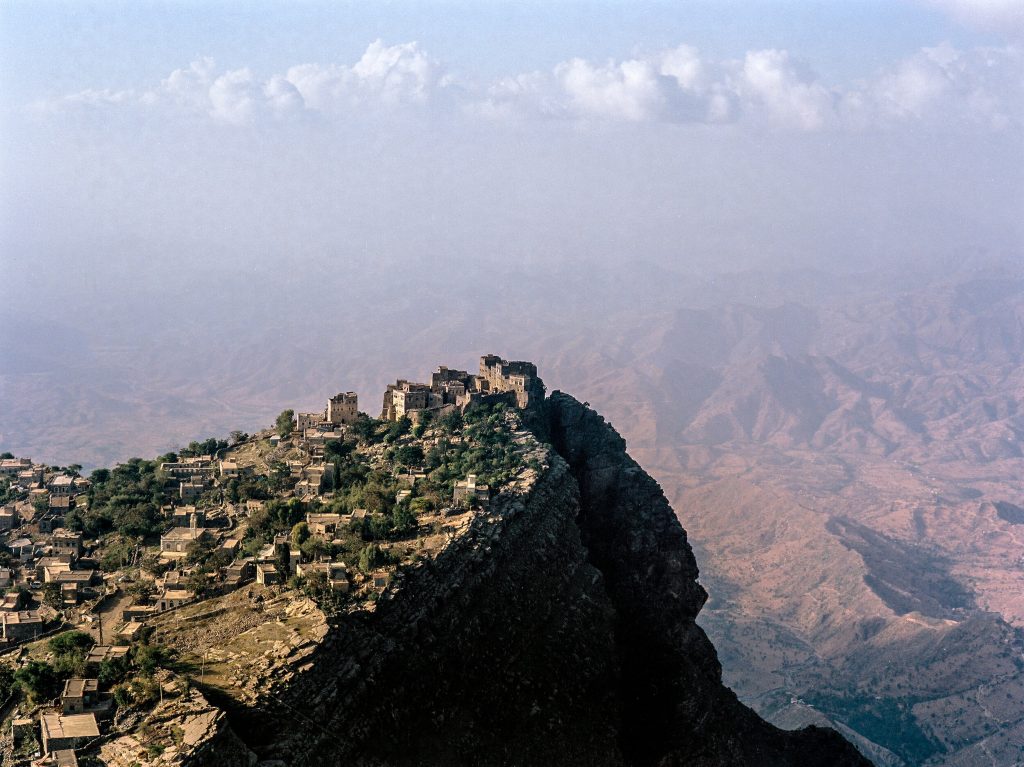
There are trends in contemporary Islamic art that appear across the Middle east ‘major trends in painting and sculpture’ that are ‘regularly disregarded by American curators and art organizers.’ Sometimes curators in America will choose art works that are ‘easily translatable into the American context.’ So if artists make works that are only locally relevant rather than globally relevant these works will be not be chosen by international curators, it’s a shame because these art works are the ones that would probably give a Western art viewer more of an essence of the authentic art being made in the Middle East today. It has also been observed that now art is being used more in the Middle East to ‘critique their contemporary gender relations and religion (seen as related), and to liberate themselves from certain, presumably oppressive, aspects of both.’ However American curators will often choose work to display that is critical of Islam, ‘Moreover, there is an unprecedented concentration on religion (Islam) as a problematic site in need of either erasure or significant civilizing’ There is a Westernized ideological connection between art and freedom. The philosopher Immanuel Kant’s saw ‘art as a sphere of activity and autonomous from utilitarian interest’ however there is often the assumption within modernity that art, religion and politics should be kept separate, to allow for the ‘valorization of critique.’ Despite this many western art organisers today draw on Kant’s idea ‘they advance the view that art can, and in fact should, challenge or critique Middle Eastern gender relations and Islam, and that art is a primary medium and barometer of social progress.’ However I struggle with this idea that artist freedom is needed within the Middle to East as a tool to free Muslims or to civilize/erase Islam, this seems like a Western notion. Especially when I look at it in within the context of work from artists such as Arashi who’s work is not in any way a critique of Islam but rather a celebration of it.
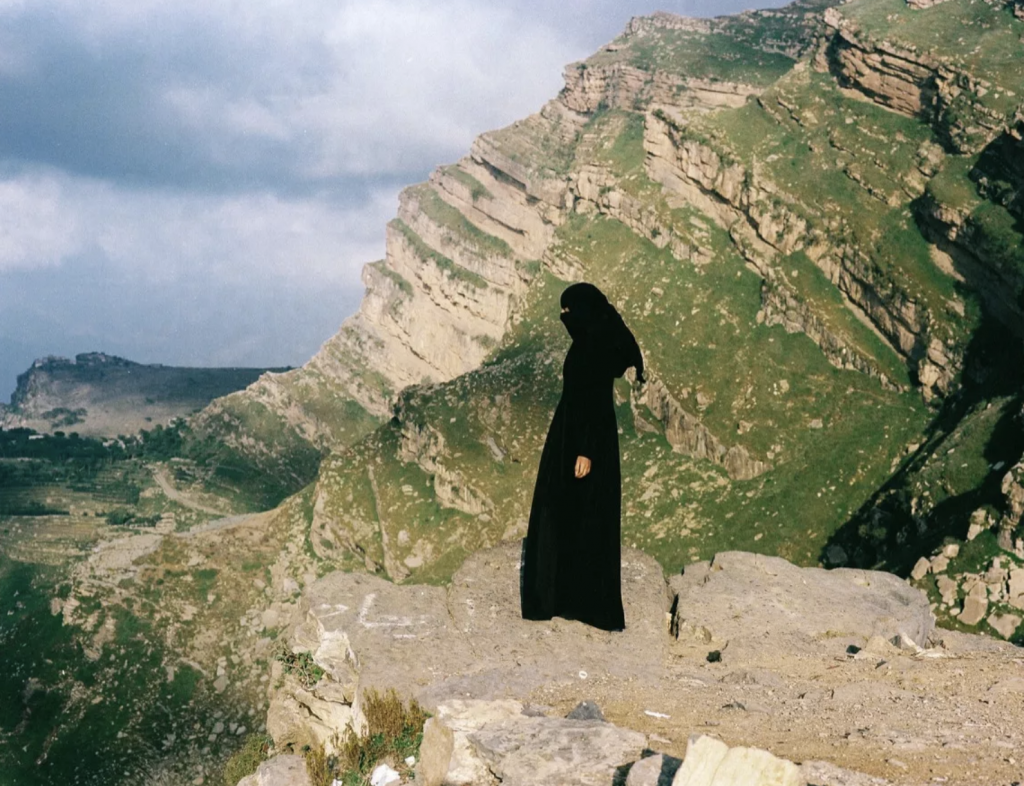
In another photographic series by Yumna Al Arashi titled Northern Yemen. We see untamable landscapes that seem to spread for what feels like eternities, the dry beautiful desert against the vast and dreamish sky, of rich turquoise. Our subject stands in complete contrast to this, completely covered, utterly strong, ‘superheroes or towering statues of immortal and all-powerful goddesses, their hiljabs billowing mightily in the wind.’ Yet there is monumental stillness that overcomes the whole work, you wouldn’t recognize this photograph as Yemen, a war torn nation. The subject is the center of which everything revolves, she grabs our attention, she holds our focus, she is a pillar, something we cling onto, so not to get lost in the oblivion that is living. Yumna aims to present Muslim women as ‘badasses’, she wants to show their incredible depth and shift the stereotype that all Muslim women are oppressed. She is covered but she has total control of her body. Yumna’s subjects have a grace of being that makes one rethink what it means to be a Muslim woman today.
All photographs are by Yumna Al Arashi




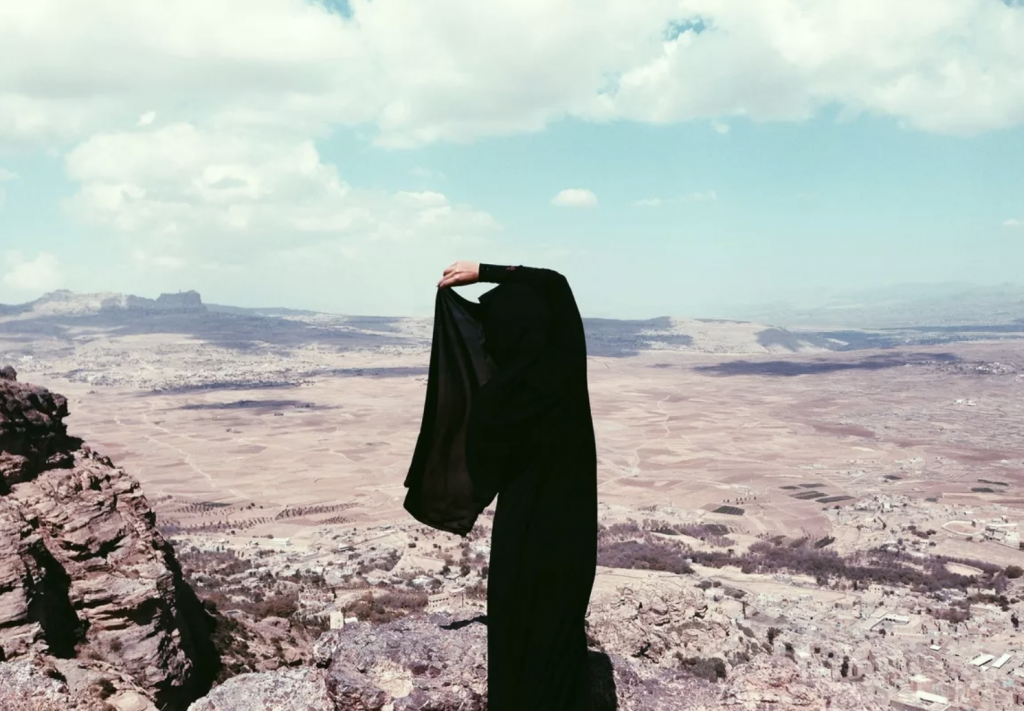
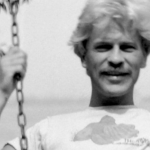
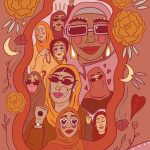

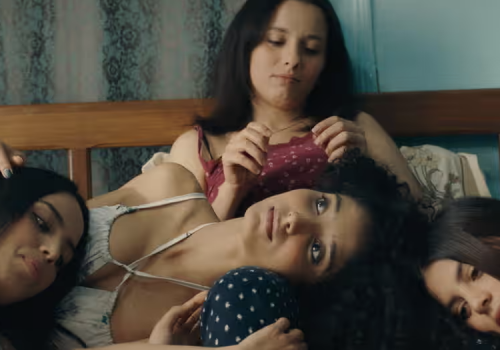


Leave a Reply